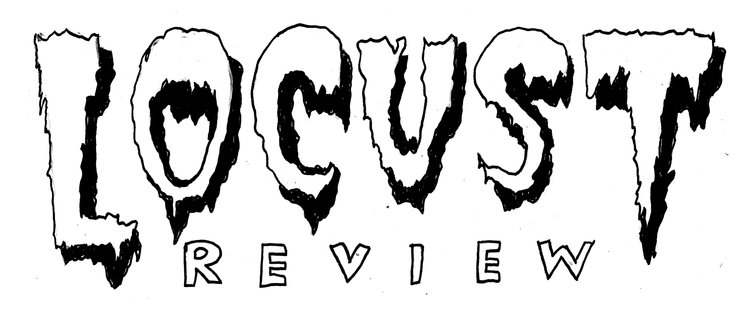Early in US history, graveyards were chaotic tumbles in the middle of cities. In the late 19th century, however, there was a suburbanization of death. Large new cemeteries were built in the farmlands and woods outside town. The ramshackle graves in the cities were sometimes a health hazard but also a site of ideological discomfort for the bourgeoisie. In Chicago, the silty earth near Lake Michigan would sometimes belch up a buried corpse. Wealthy cosmopolitans increasingly envisioned grassy fields with trees housing family mausoleums like estate mansions. Such stately accommodations were out of the reach for workers. For the poor there was a potter’s field.
Read MoreSUBMIT (to Locust #2)
You’re an artist, poet, author, playwright, an unearthly creator of the fantastic and terrifying. You’ve decided to destroy capitalism. Only social movements and struggle, from below, of the exploited and oppressed, can overthrow capitalism. Nevertheless, art is a human necessity, and an arena for the contestation of the imaginary. To that end, Locust Review, a quarterly socialist publication of critical irrealist art and literature, needs you.
Read More